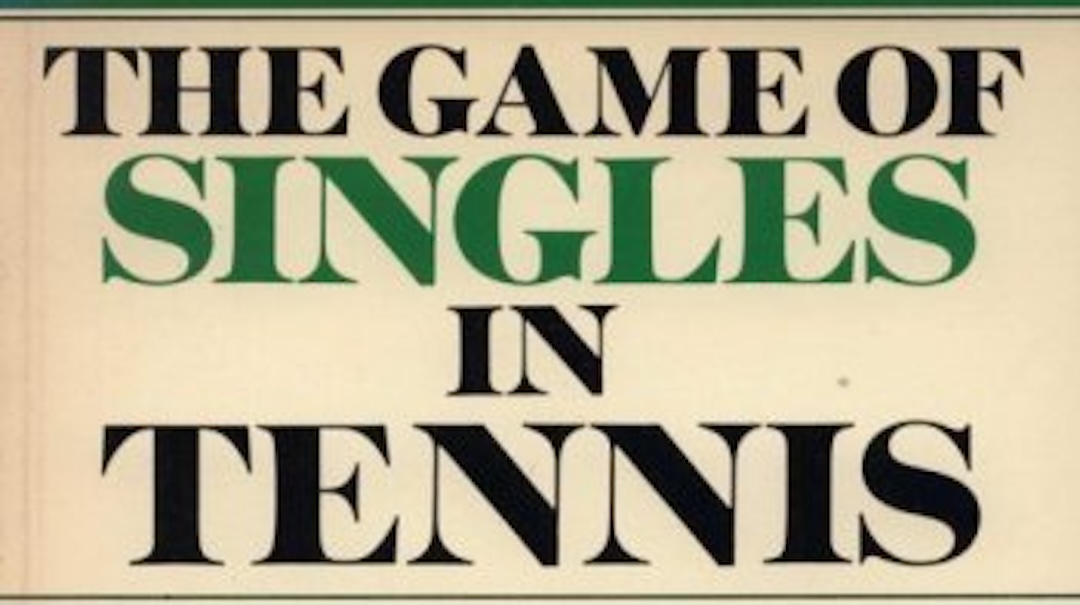Althea Gibson is undeniably a transformational figure in tennis. She was one of the first black athletes to cross the racial barrier in any sport. While she was an inspirational figure for equal rights, Gibson was reluctant to embrace the role of social activism. Ultimately competitive desire was her primary motivational force. She was quite simply a gifted athlete.
Serving Herself: The Life and Times of Althea Gibson is a sweeping new biography by Ashley Brown. The book originated as her doctoral dissertation. It is the culmination of more than a decade of research. Consequently, it is full of footnotes identifying the original sources and has a level of scholarship that is a rarity in books about tennis. At the same time, while the comprehensive nature of this book makes for a long read, I was thoroughly entertained throughout.
Brown effectively peels back the layers of Gibson’s complex life. In doing so, previously unpublished aspects and details reveal apparent incongruities that Gibson herself probably could not have explained. Gibson’s personal battles with racism and discrimination were exactly that. Personal. The use of the phrase Serving Herself in the title intentionally conveys the idea that Gibson was primarily guided by her own self-interests. The manuscript convincingly backs up that assertion.
Gibson’s life is a rare combination of tragedy and triumph. Had her 11 Grand Slam titles occurred just a few years later during the “Open Era” of professional tennis, she would have been financially secure for life. As it was, her later years were marked by just scraping by financially. She died in poverty. Serving Herself builds an effective case that despite her reluctance to embrace a role as an agent of social change, Gibson was arguably useful to both the black and white communities to push various agendas.
One quibble I had with the book was Brown’s choice of the word “queerness” to describe the way Gibson did not conform to the gender norms of the day. She preferred to wear shorts and did not marry until later in life. In an era where it was a stigma, those around her carefully tried to manage her image to minimize rumors and speculation about her sexual orientation. I probably would have preferred the descriptive phrase “social outlier” which has a more neutral connotation.
At the same time, Serving Herself consistently illuminated that word choice matters. Highlighting how Gibson’s game was described using animalistic words was a recurring theme. For example, a win by a white player might be described as convincing, while Gibson was said to have “mauled” her opponent. Many of the examples of the disparities use words that are inadvisable to repeat.
Serving Herself: The Life and Times of Althea Gibson is the authoritative biography of the legendary tennis player. It covers not only her tennis career but also her subsequent time on the LPGA professional golf tour. The details of how she continued to cast about to eke out a living in her later years were hard to stomach yet important to know.
This is a mandatory read for serious fans of tennis.
 | Serving Herself: The Life and Times of Althea Gibson |



